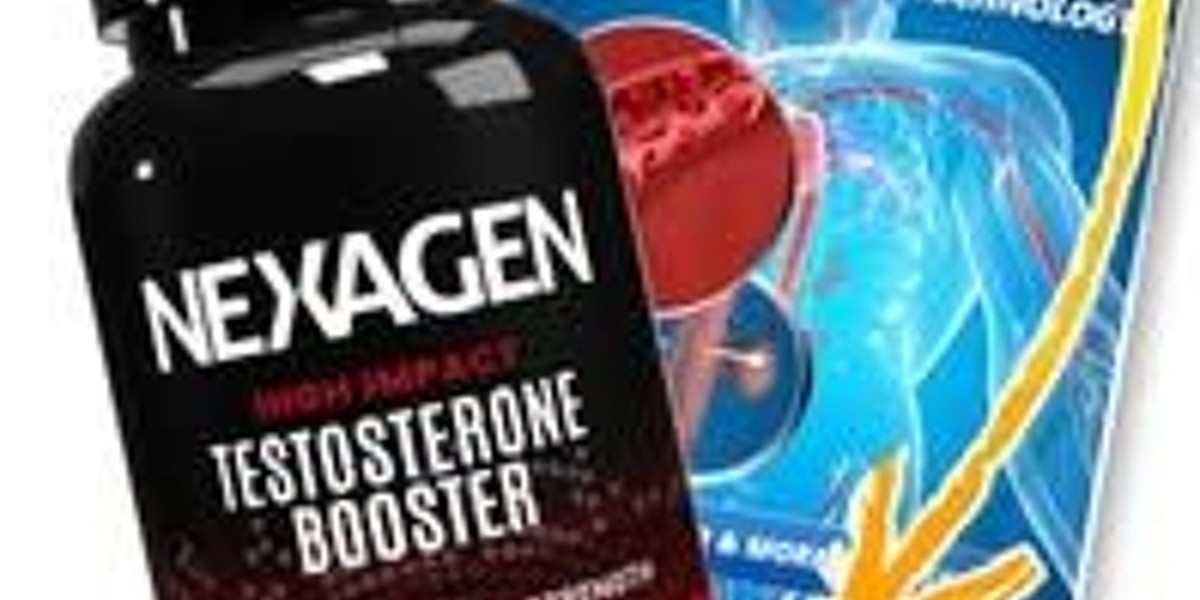Water damage is one of the most common and costly issues that property owners face, yet it often strikes unexpectedly, causing extensive harm to structures, belongings, and even health. It can be the result of a natural disaster, like a flood or heavy rainstorm, or a plumbing issue, like a leaky pipe or malfunctioning disinfection appliance. Beyond the obvious impacts, untreated water damage can lead to mold growth, structural degradation, and even electrical hazards. This article will discuss the main causes of water damage, effective prevention strategies, and the steps to take for successful restoration.
1. Common Causes of Water Damage
Water damage can result from various sources, each with unique challenges:
1.1 Natural Disasters
Floods, hurricanes, and heavy rainfalls are significant sources of water damage. Floodwaters often carry contaminants, making cleanup and restoration complex and requiring specialized equipment. Hurricanes, on the other hand, combine wind and water, potentially causing extensive structural harm.
1.2 Plumbing Issues
Plumbing-related water damage is one of the most common and preventable forms. Burst pipes, leaking faucets, and clogged drains can gradually cause damage if undetected. The damage can often be localized at first but may spread over time, leading to issues like wall warping, ceiling staining, or, in severe cases, structural compromise.
1.3 Faulty Appliances
Appliances like dishwashers, washing machines, and water heaters can malfunction due to age, wear, or defective parts. When these appliances fail, they can release large amounts of water quickly, causing localized water damage. Even a minor appliance leak can accumulate over time, damaging flooring, walls, and furniture.
1.4 Roof Leaks
Roof leaks can go undetected for long periods, often only becoming apparent when significant damage has occurred. Poorly maintained roofs, missing shingles, or clogged gutters can allow water to seep in, leading to mold growth and structural weakening in ceilings and walls.
2. Consequences of Untreated Water Damage
Water damage impacts more than just the appearance of a structure; it can have serious consequences on the building’s integrity and the health of its occupants:
2.1 Structural Degradation
Water weakens wood, drywall, and other building materials. Over time, repeated exposure to moisture can compromise a building’s structural integrity. This degradation often requires extensive repairs, which are costly and time-consuming.
2.2 Mold Growth
Damp environments are ideal breeding grounds for mold, which can spread rapidly in areas with untreated water damage. Mold growth poses health risks, particularly for individuals with respiratory issues or weakened immune systems. Certain mold species can even produce toxic compounds, making professional remediation essential.
2.3 Electrical Hazards
Water damage and electrical systems are a dangerous combination. Water seeping into electrical outlets or wiring increases the risk of short circuits, electrocution, and fires. Any water damage near an electrical source should be handled with extreme caution, and a professional electrician may need to assess the area to ensure safety.
3. Preventing Water Damage in Your Home
Preventing water damage requires vigilance, routine maintenance, and preparedness:
3.1 Regular Plumbing Checks
Plumbing issues are a major source of water damage, making it essential to check pipes, faucets, and water-using appliances regularly. Routine inspections can identify leaks or worn-out parts early, reducing the risk of significant water damage.
3.2 Roof and Gutter Maintenance
Keeping the roof and gutters in good repair prevents water from entering the building through unexpected leaks. Clean gutters ensure that rainwater flows away from the structure, while a well-maintained roof protects against leaks during storms.
3.3 Installing Water Alarms
Water alarms or leak detectors are effective, affordable tools that alert homeowners to unexpected water accumulation. Installed near appliances, water heaters, and other vulnerable areas, they can detect moisture early and potentially prevent extensive damage.
3.4 Landscaping Considerations
Water damage is sometimes caused by poor landscaping design that directs water toward the foundation. Grading the soil to slope away from the structure, installing drainage systems, and ensuring proper downspout placement help direct water away from the building and reduce flood risks.
3.5 Insulate Exposed Pipes
Insulating pipes, especially in colder climates, prevents them from freezing and bursting during winter. Burst pipes can release significant amounts of water, leading to extensive damage. Using pipe insulation reduces this risk and keeps your plumbing system functional year-round.
4. Steps for Effective Water Damage Restoration
If water damage occurs, timely action is critical to minimize losses and ensure a safe environment:
4.1 Initial Assessment
The first step in water damage restoration is assessing the extent of the damage. This involves identifying the water source, evaluating affected areas, and classifying the water according to contamination level (clean, gray, or black water).
4.2 Water Extraction
After the assessment, water extraction begins. Professionals use high-powered pumps and vacuums to remove standing water, which is essential to prevent further damage and reduce moisture levels. This step is particularly important if the damage is extensive.
4.3 Drying and Dehumidification
Once visible water is removed, affected areas need thorough drying. Dehumidifiers and industrial-grade air movers expedite the drying process, preventing mold growth and warping. It’s crucial to address hidden areas, such as behind walls and under floors, where moisture can linger.
4.4 Cleaning and Sanitizing
Cleaning and sanitizing are necessary steps, especially when the water contains contaminants. Professionals use specialized cleaning solutions to disinfect surfaces, ensuring a safe environment for occupants. Personal belongings like furniture, carpets, and clothing are often cleaned off-site to prevent mold and odor retention.
4.5 Restoration and Repairs
Finally, repairs restore the property to its pre-damage state. This may involve replacing drywall, repairing flooring, repainting, and in severe cases, structural repairs. Timely restoration not only improves safety but also helps preserve the property’s value.
5. Why Professional Water Damage Restoration is Essential
Professional water damage restoration offers a level of thoroughness and expertise that can be difficult to achieve on your own. Trained technicians have the tools, experience, and certifications to assess and repair damage safely and effectively:
5.1 Specialized Equipment
Professionals use specialized equipment like moisture meters, air movers, and dehumidifiers to remove hidden moisture that DIY methods may miss. This ensures a comprehensive drying process and reduces the risk of mold growth.
5.2 Expertise in Mold Prevention
Water damage restoration experts are trained in mold prevention and remediation, minimizing health risks associated with mold exposure. They can identify mold-prone areas and apply antimicrobial treatments, reducing the chances of future growth.
5.3 Cost-Effective Solutions
While hiring a professional service involves upfront costs, it’s often more economical in the long run. Timely, professional restoration prevents further damage, reducing the likelihood of expensive repairs down the line.
Conclusion: Safeguarding Against Water Damage
Water damage can strike unexpectedly, bringing with it a range of issues, from structural damage to health risks. Prevention through regular maintenance, leak detection, and smart home upgrades is key to protecting your property. However, if water damage does occur, swift and professional disinfection restoration efforts are crucial. By understanding the causes, consequences, and solutions for water damage, homeowners can take proactive steps to safeguard their property and health. In doing so, they preserve their investment and ensure a safe and healthy environment for years to come.









